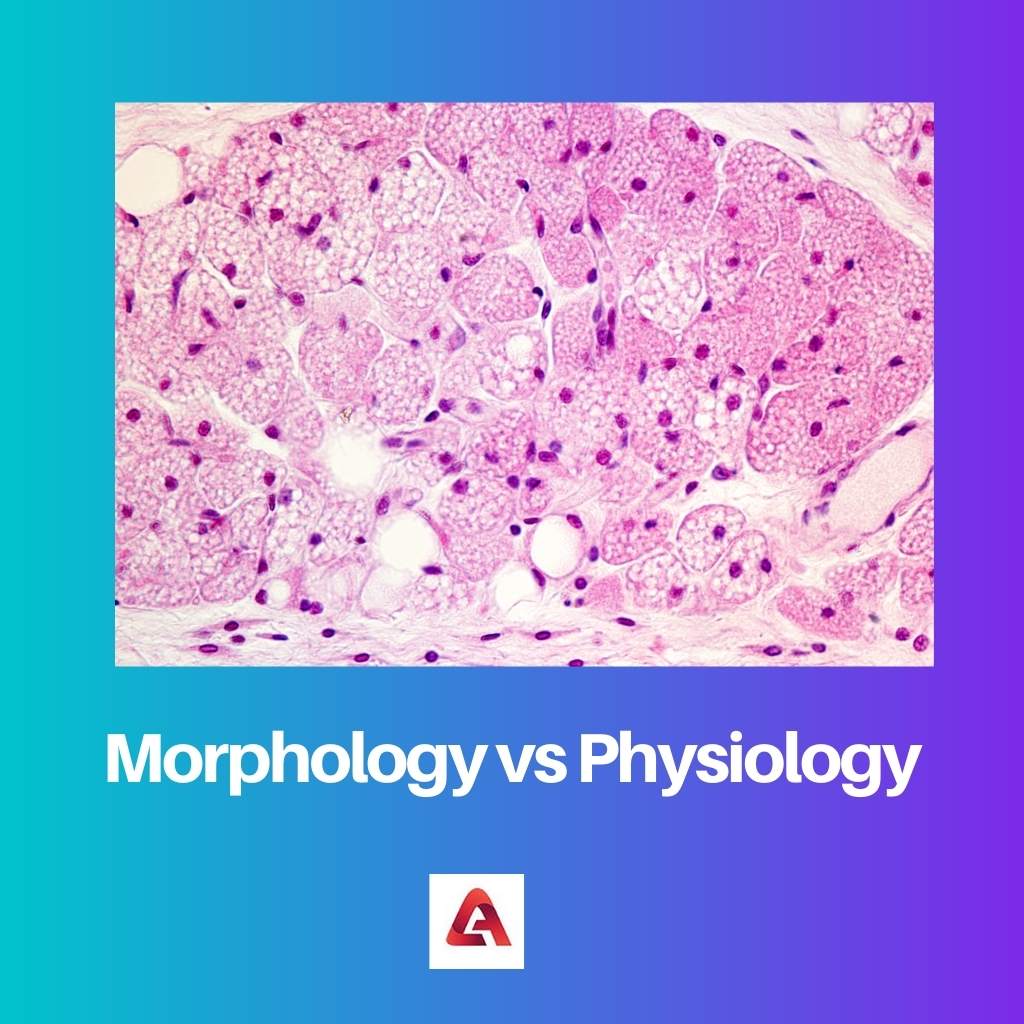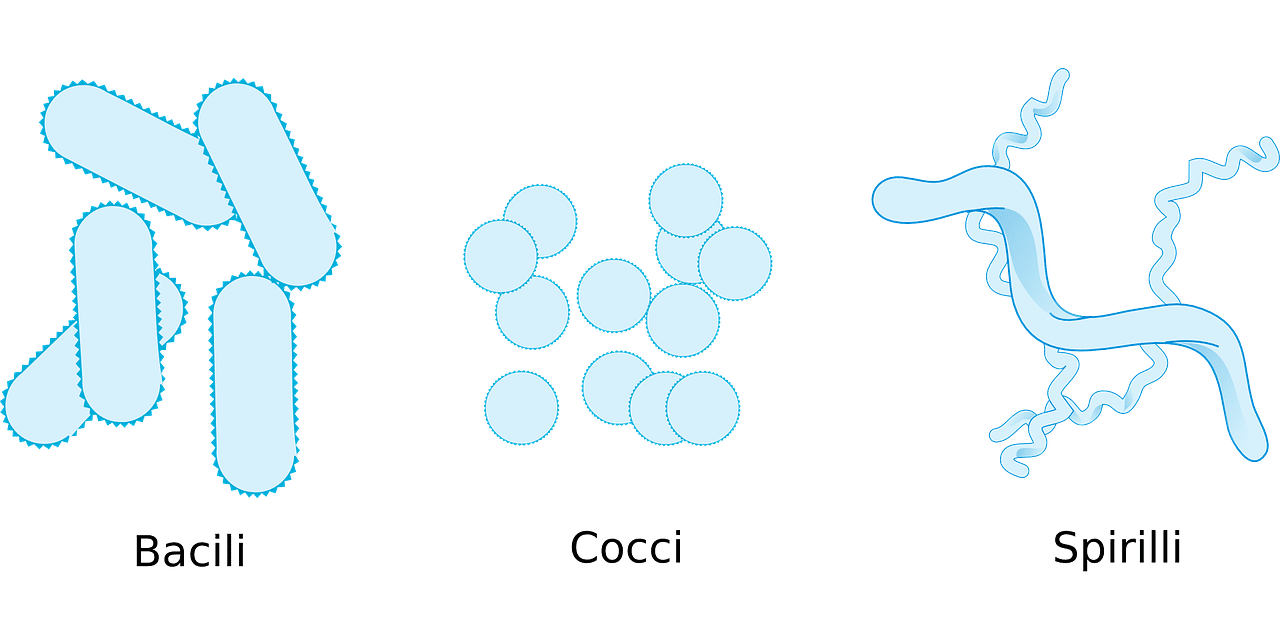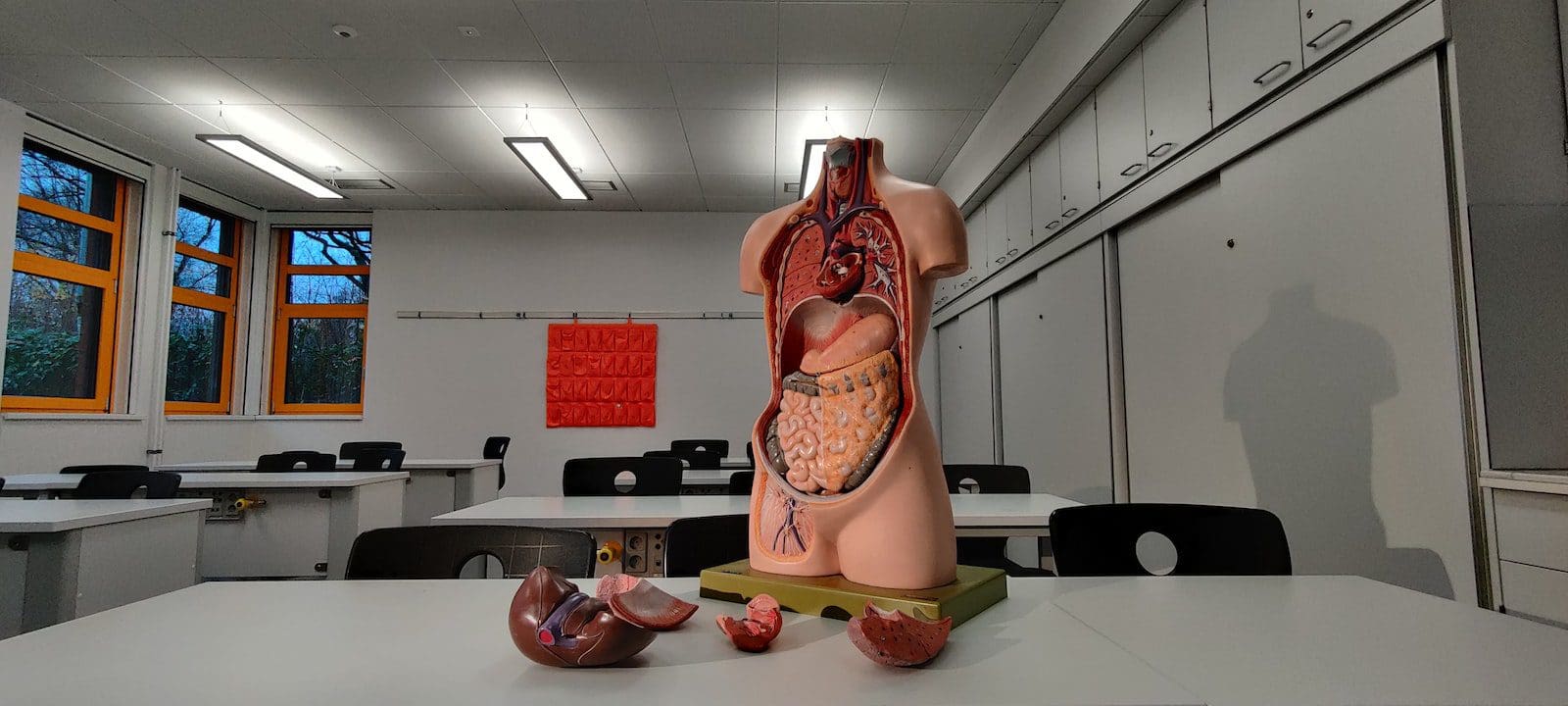Any living organism can be represented easily by the structure of body parts and their relevant functions. This can either be relevant to another or its own independence.
Physiology is another branch of biology that is the study of the functioning of body parts. This can be either independently or in association with another.
Key Takeaways
- Morphology is the study of the form and structure of living organisms, while physiology is the study of the function and processes of living organisms.
- Morphology involves studying the physical characteristics of living organisms, such as their size, shape, and color, while physiology deals with the chemical and biological processes that occur within these organisms.
- Morphology focuses on living organisms’ external and internal structures, while physiology focuses on how these structures work together to perform specific functions.
Morphology vs Physiology
The branch of biology that is related to the study of living beings’ structures is called morphology. There are three different types of morphology. The study of the functionality of the organs is called physiology. The study of chemical reactions is also included in physiology. It also includes the study of the digestive system.

In biology, there are several different branches. One is morphology, which is the study of organisms externally and internally with the study of their functioning.
The term physiology comes from an ancient Greek word, ‘ physio’, which means life and logos in Greek means science.
Comparison Table
| Parameters of comparison | Morphology | Physiology |
|---|---|---|
| Relation with science | Study of structures and shapes of living organisms. | Study of functions of organs and their different functions. |
| Classification | It is classified as molecular and gross. | It is classified as systematic. |
| Chemical reactions | There is no chemical reaction involved in morphology. | There is some chemical reaction in physiology. |
| Physical principles | There are no physical principles in it. | It includes physical principles and is run on them sometimes. |
| DNA evaluation | Evaluation DNA takes place in morphology. | There is no DNA evaluation in it. |
What is Morphology?
Morphology is a branch of biology that includes the study of the structures and shapes of living organisms. It is categorized into three different forms.
The study that includes comparative morphology helps ascertain the origin of different organisms’ evolution. The other one is functional morphology which is the study of functions of every structure or various different organs of organisms.
Gross morphology gives the description of overall and all the structure of an organism, while molecular one is the description of arrangements of the genes that are present in the DNA.

What is Physiology?
Physiology is another branch of biology that is the study of the functioning of body parts. This can be either independently or in association with another.
The term physiology comes from an ancient Greek word, ‘ physio’, which means life and logos in Greek means science.
Physiology is the study of different systems of an organism, like the respiratory system, digestive system, renal system, endocrinology, study of hormones, the neuromuscular system, and many others, and all this falls under the study of physiology.

Main Differences Between Morphology and Physiology
- There are no physical principles in the study of morphology, while physiology includes physical principles and is run on them sometimes.
- Evaluation of DNA takes place in morphology, but there is no DNA evaluation in physiology.

- https://books.google.com/books?hl=en&lr=&id=bolGMMyZVjMC&oi=fnd&pg=PT5&dq=what+is+morphology&ots=6FwQLw61jj&sig=CVEhU68lLCYUs71g7IGdDBHtBDQ
- https://www.uvic.ca/engineering/ece/assets/docs/current/undergraduate/202005/bme201.pdf